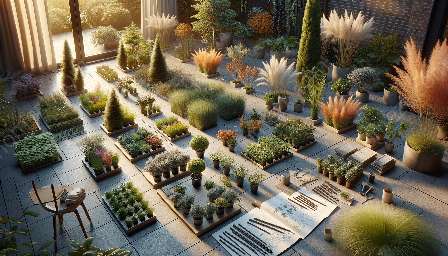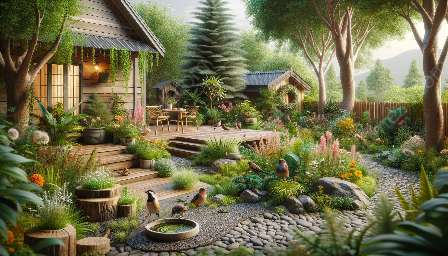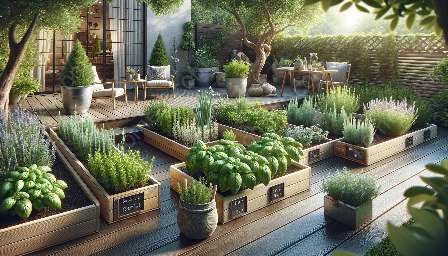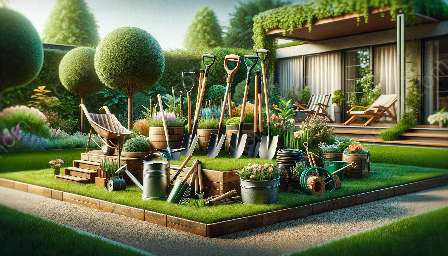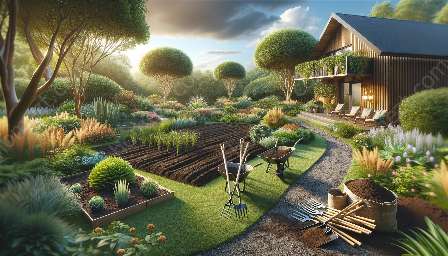When it comes to creating a beautiful and sustainable landscape, incorporating native plants can be a game-changer. Native plants are those that occur naturally in a particular region, having evolved and adapted to the local climate, soil, and wildlife over thousands of years.
Landscaping with native plants offers numerous benefits, including water conservation, reduced maintenance, and support for local ecosystems. In this comprehensive guide, we'll explore the advantages of using native plants in landscaping and provide creative ideas for incorporating them into your outdoor spaces.
The Benefits of Native Plants
Drought Tolerance: Native plants have naturally adapted to the local climate, making them well-suited to withstand drought conditions without the need for excessive watering. This can lead to significant water savings in your landscape.
Low Maintenance: Once established, native plants typically require minimal maintenance, as they are already acclimated to the environmental conditions of the area. This can save you time, effort, and resources in caring for your garden.
Biodiversity and Wildlife Support: Native plants provide essential habitats and food sources for local wildlife, including birds, bees, and butterflies. By incorporating native plants into your landscape, you can contribute to the conservation of biodiversity in your area.
Incorporating Native Plants into Your Landscape Design
There are numerous creative ways to integrate native plants into your landscaping, whether you're aiming for a naturalistic, wildflower meadow look or a more structured and formal design. Here are some landscaping ideas to consider:
Wildflower Gardens
Create a vibrant display of native wildflowers in your landscape for a colorful and naturalistic appeal. Consider planting species such as Black-Eyed Susans, Purple Coneflowers, and Bee Balm to attract pollinators and add visual interest.
Rain Gardens
Design a rain garden using native plants to naturally manage stormwater runoff and improve water quality. Species like Joe-Pye Weed, Swamp Milkweed, and Cardinal Flower are well-suited for rain garden environments and can thrive in moist conditions.
Woodland Edge Plantings
Enhance the transition between your lawn and wooded areas by incorporating native shrubs and understory plants. Species such as Serviceberry, Spicebush, and Virginia Bluebells can create a beautiful transition zone while providing food and shelter for wildlife.
Native Grasses and Sedges
Consider using native grasses and sedges to add texture and visual appeal to your landscape. Switchgrass, Little Bluestem, and Pennsylvania Sedge are excellent choices for creating sustainable and low-maintenance groundcover.
Design Tips for Using Native Plants
When designing with native plants, it's important to consider the specific growing requirements and natural habitats of each species. Here are some design tips to help you make the most of native plants in your landscape:
- Research native plants that are well-suited to your region's soil type, sun exposure, and climate to ensure their success in your landscape.
- Group native plants with similar water and sunlight needs together to create efficient and visually cohesive plantings.
- Consider the seasonal interest of native plants, including their bloom times, foliage color, and seed heads, to create year-round appeal in your landscape.
- Integrate a mix of native plants with different heights, textures, and forms to add depth and visual diversity to your garden beds and borders.
Conclusion
By embracing native plants in your landscape design, you can create a more sustainable, resilient, and ecologically vibrant outdoor space. Whether you're interested in attracting wildlife, conserving water, or simply enjoying the beauty of local flora, native plants offer a wide range of benefits and design possibilities. Start exploring the native plant species in your area and get inspired to transform your landscape with the natural beauty and practical advantages of native plants.




